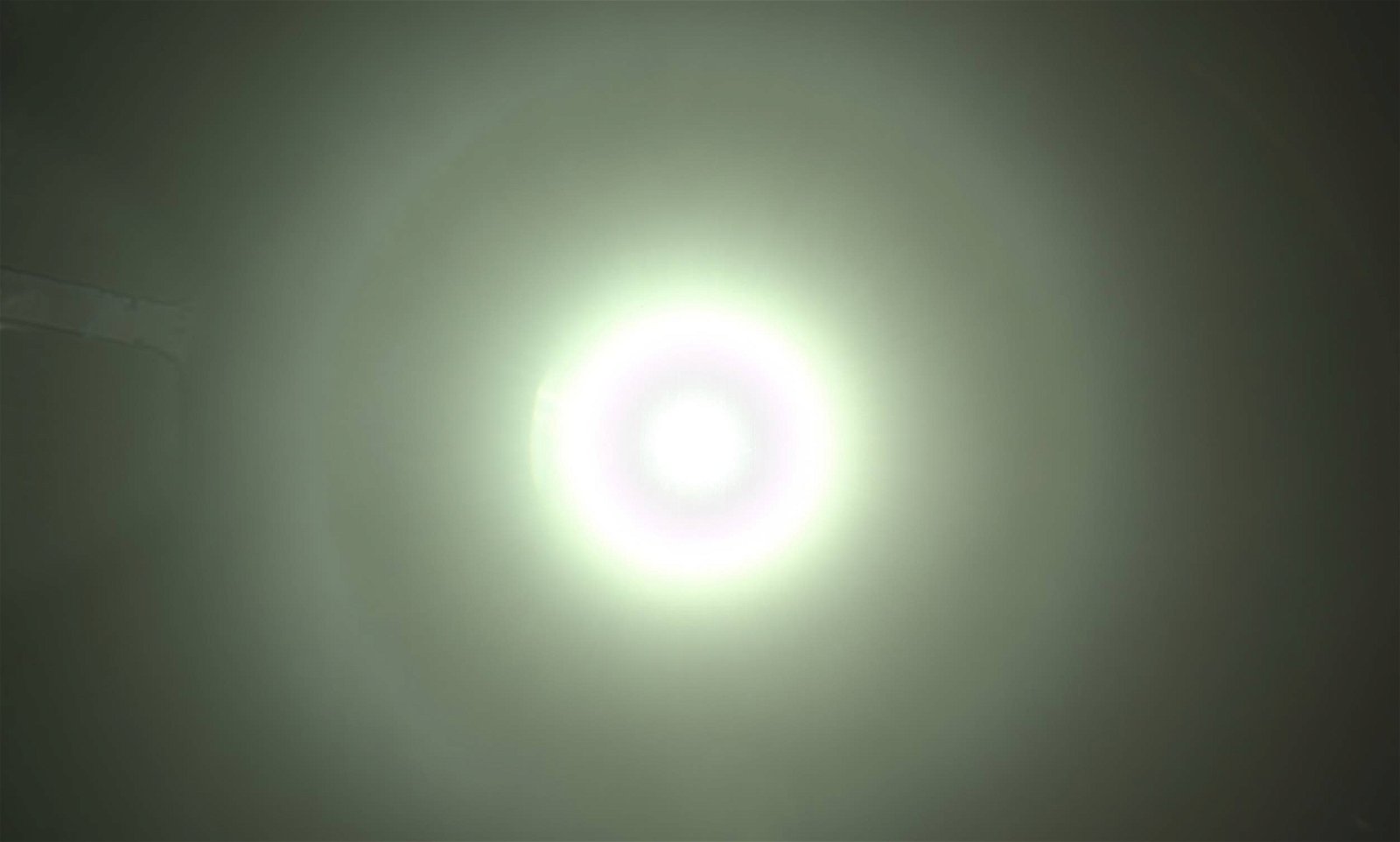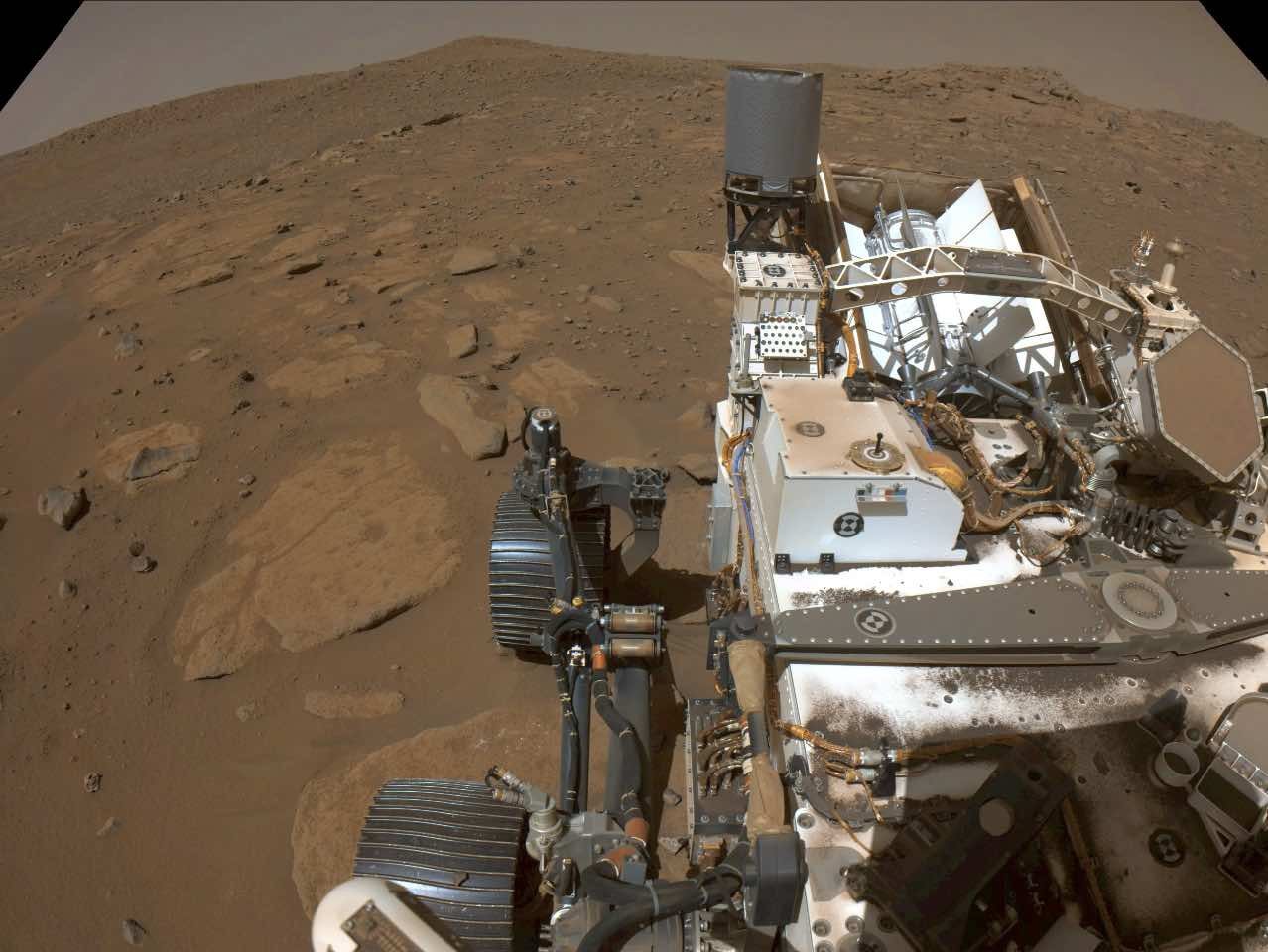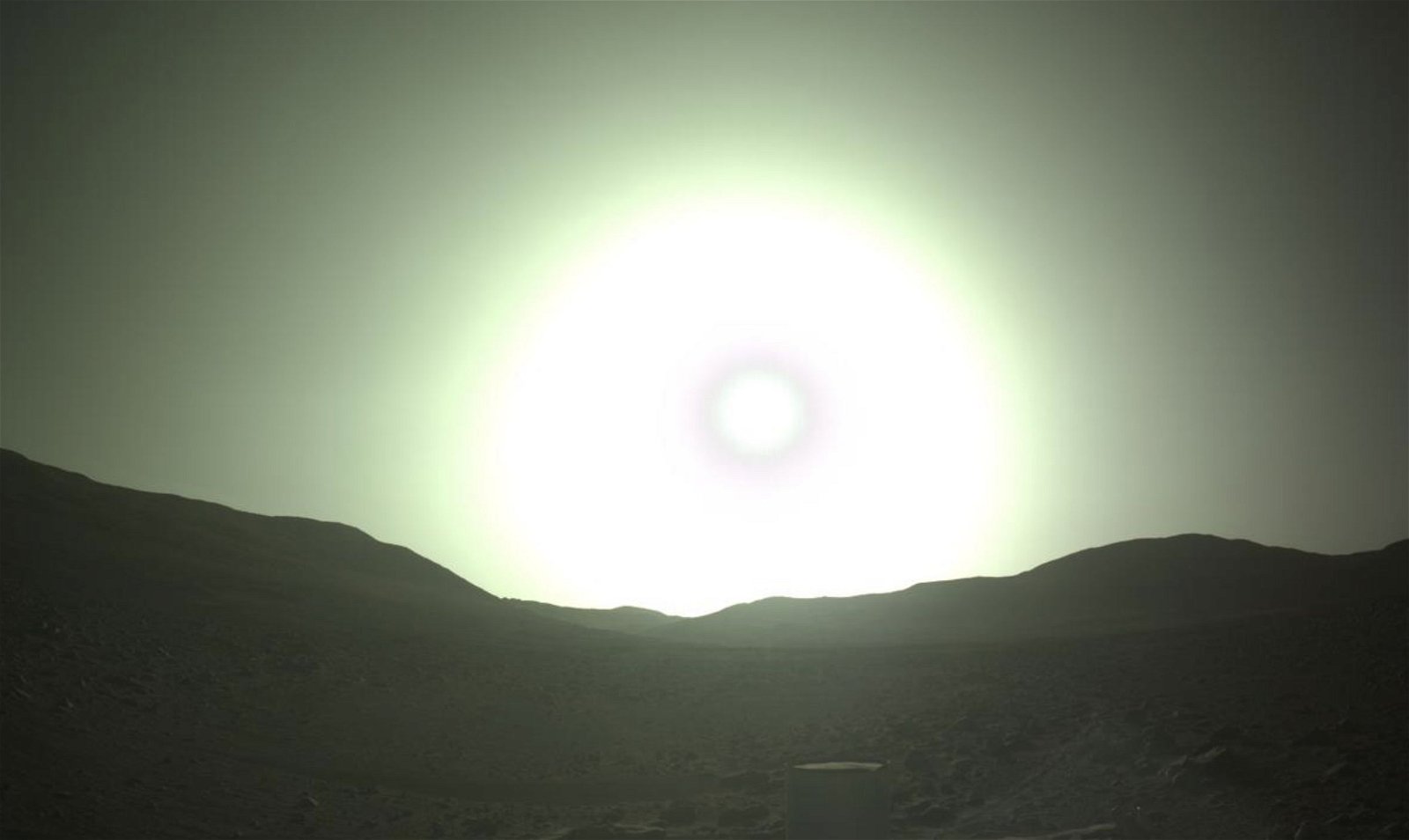NASA has temporarily lost the ability to communicate with its Mars fleet, according to a statement issued by the space agency citing a phenomenon that occurs every two years that blocks commands from being sent to its robotic explorers.
The phenomenon, known as Mars solar conjunction, occurs when the Sun moves between Earth and Mars every other year.
“Like dancers on either side of a huge bonfire, the two planets are temporarily invisible to each other,” reads a NASA FAQ page describing the biennial celestial event.


NASA says its rovers and orbital craft currently engaged in science missions on Mars will not discontinue operations, although data collection will remain limited for two weeks while Earth and Mars remain on either side of the Sun.
This year’s solar moratorium officially began on November 11 and will last until the 25th.
During the period of interrupted communication, some of the instruments are temporarily taken offline by engineers at NASA’s Jet Propulsion Laboratory, and no new instructions are dispatched to the robotic scientists on the Red Planet due to the likelihood that they will be lost once they encounter the interference caused by the Sun and the highly charged particles it emits.
However, in preparation for the communication breakdown, NASA sends two weeks’ worth of commands to its Mars fleet so that limited operations can continue.


Currently, NASA says its Perseverance and Curiosity rovers are being tasked with ongoing monitoring of surface conditions on Mars, as well as observations of weather conditions, radiation levels, and other information their onboard sensors can continue to monitor.
The Ingenuity Mars Helicopter has also been tasked with observing the motion of sand on the Red Planet throughout the course of the solar conjunction, while the Mars Reconnaissance Orbiter and the Odyssey orbiter will keep their camera eyes trained on the Martian surface from their positions in orbit, along with the MAVEN spacecraft’s collection of data about the Martian atmosphere.
Limited information about the status of the Mars fleet will continue to be dispatched back to NASA, all except for a period of two days at the height of the conjunction where Mars and Earth are on the exact opposite ends of the Sun from each other.
“We’ll still be able to hear from them and check their states of health over the next few weeks,” said Roy Gladden, manager of the Mars Relay Network at NASA’s Jet Propulsion Laboratory (JPL), in a NASA statement.
After November 25, full communication is expected to be restored, and science data that has remained in limbo for the previous two weeks will be sent back to Earth, while new instructions will also be sent to the Mars fleet.
Micah Hanks is the Editor-in-Chief and Co-Founder of The Debrief. He can be reached by email at micah@thedebrief.org. Follow his work at micahhanks.com and on Twitter: @MicahHanks.

